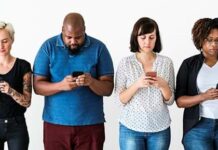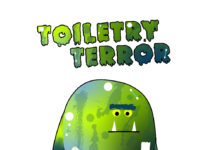A University of York undergraduate has shed new light on our evolving use of the “laughing out loud” acronym on social media.
Lol is now regularly used on Twitter to frame posts that express negative thoughts and feelings about the self and others as playful and non-serious, according to the research.
Twitter users exploit the positive connotations of lol and its connection with laughter to switch to a more light-hearted tone, reducing the potential for mockery and disapproval from an online audience when making critical or controversial statements.
As more and more of our communication takes place online, “lol” has evolved to compensate for the lack of non-verbal cues – such as laughter, tone and facial expression – that indicate how a speaker intends a sentence in a face-to-face conversation.
Francesca Duchi, who graduated this summer with a first in Linguistics, received a top grade for her dissertation on the subject.
She said: “I wanted to write about ‘Internet language’ because I noticed how often I and other young people would use emerging linguistic forms such as acronyms, emoji and punctuation to better express ourselves when communicating digitally – it’s a new field of Linguistics that is only now beginning to attract attention.
“I focused on lol as it presents a really interesting chance to compare how laughter is used online and offline. I had also noticed that the meaning of lol had become somewhat “unclear”, or at least not so obvious, and I wanted to investigate this systematically.”
Twitter was founded in 2006 and is now said to have 330 million users. Most accounts are public, with users tweeting to an unknown audience.
For the study, Francesca analysed a body of publicly available tweets posted between October 2017 and January 2018.
The Tweets included admissions of negative emotions or experiences such as “probs gonna lose my job lol” or “I’ve rlly been up since 6 crying lol” and critical statements such as “Sorry to say this but wiz khalifa is a very cringy rapper lol”.
Francesca found that lol was often paired with the writer describing an emotional state of sadness and frequently used in addition to other disclaimers such as “I’m sorry, but…”
Her findings support the idea that disclosures of negative emotions about the self and others often occur on social media, and that many people may find it easier to express their thoughts and feelings online.
However, the use of “lol” demonstrates that, just as in offline contexts, online users still feel the need to “save face” and avoid humiliation and disapproval when disclosing negative or critical thoughts and feelings.
Francesca added: “the use of lol I describe in my paper is very widespread among a generation of young celebrities which use social media as their main channel of communication to their young fanbase. They adopt their audience’s “linguistic code”, which includes lol used in this way.
“Lol is one of the tools being used to better communicate the subtleties and nuance which is lacking when the communication is not face-to-face, or offline”







